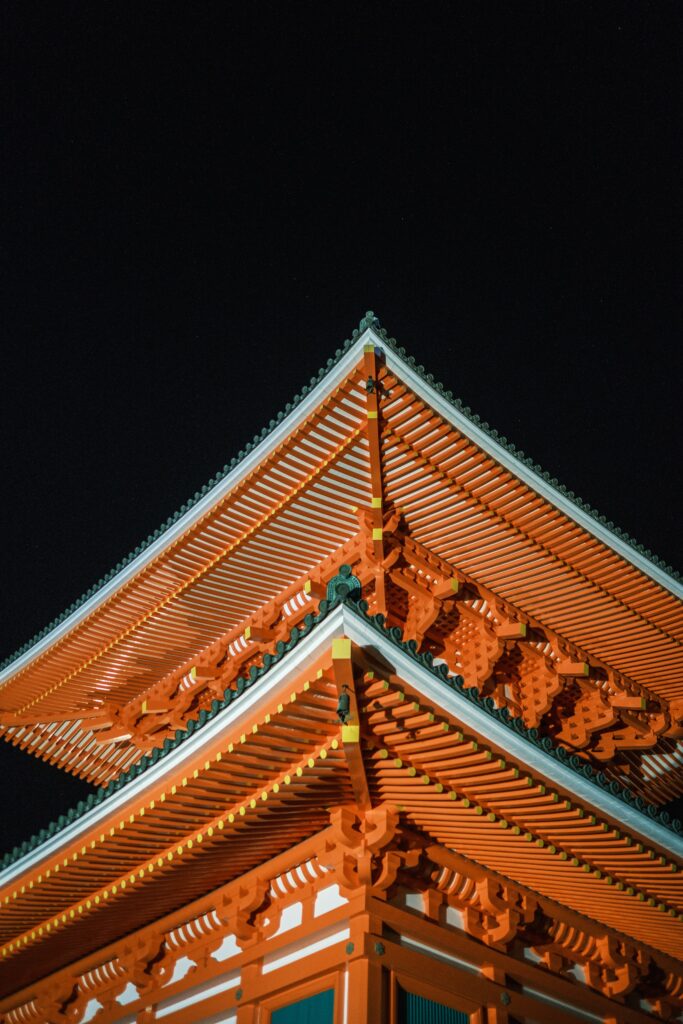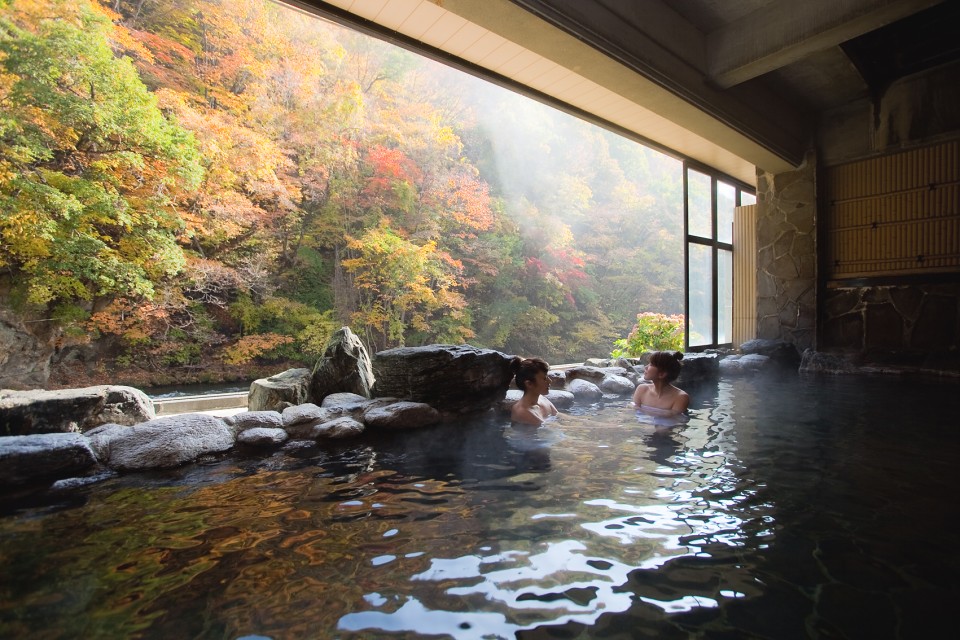The Kii Peninsula is a unique destination that offers visitors a chance to journey through sacred sites and ancient forests. This region is home to three of Japan’s most important pilgrimage routes, collectively known as the Kumano Kodo. These routes lead to the Kumano Sanzan, a group of three Grand Shrines that have been worshipped for over 1,000 years.
Along the way, pilgrims pass through ancient forests, mountain passes, and traditional villages, making this an unforgettable journey for anyone interested in Japan’s rich cultural heritage.
This guide takes you through the Kii Peninsula and shows you how to plan your pilgrimage to the Kumano Kodo. We’ll cover the top sights and experiences along the way and practical tips for making the most of your trip. So grab your walking shoes and prepare for an adventure through one of Japan’s most fascinating regions.


Understanding the Kumano Kodo on the Kii Peninsula
The Kumano Kodo is a network of ancient pilgrimage routes that lead to the Kumano Sanzan, a group of three Grand Shrines. These routes have been used for over 1,000 years by emperors, samurai, and commoners alike, making them an essential part of Japan’s cultural history.
Three main routes comprise the Kumano Kodo.
Nakahechi, Kohechi, and Iseji
Nakahechi, Kohechi, and Iseji. The Nakahechi is the most popular route, taking visitors through ancient forests and traditional villages from Tanabe to the Kumano Sanzan. The Kohechi is a more challenging route, leading through rugged mountain passes and isolated villages from Koyasan to the Kumano Sanzan. The Iseji is a less traveled route that connects the Kumano Kodo to the Ise Jingu, one of Japan’s most important Shinto shrines.
Top Sights and Experiences on the Kii Peninsula
The Kii Peninsula is home to a wealth of sights and experiences that make it a must-visit destination for any traveler to Japan. Here are just a few of the top highlights:
Kumano Sanzan
The three Grand Shrines of Kumano are the ultimate destination for pilgrims on the Kumano Kodo. Each shrine has its unique atmosphere and history, but all are important temples of worship in Japan.

The Kii Peninsula Most Beautiful Waterfalls Include Nachi Falls
This stunning waterfall is one of Japan’s most famous, standing over 130 meters tall. It’s near Nachi Taisha, one of the Kumano Sanzan shrines.

Koyasan
This mountaintop town is home to some of Japan’s most important Buddhist sites, including the Okunoin cemetery and the Kongobuji Temple.


Traditional Villages
Visitors along the Kumano Kodo can experience traditional Japanese villages that have remained unchanged for centuries. Some of the most popular include Hongu, Totsukawa, and Yoshino.
Onsen
The Kii Peninsula is home to several natural hot springs or onsen that are perfect for relaxing after a long day of hiking; some of the most popular include Yunomine, Kawayu, and Watarase.

Practical Tips
- The Kumano Kodo is a challenging hike that requires proper planning and preparation, so make sure to research the route ahead of time and plan for accommodations and transportation.
- Pack light when hiking the Kumano Kodo; it’s important to bring essentials, therefore, appropriate clothing and gear for the season, and plenty of water and snacks.
- Respect Local Customs
- The Kii Peninsula is home to a rich cultural heritage, and respecting local customs and traditions is essential during your journey, like being mindful of etiquette at temples and shrines, such as removing your shoes before entering, avoiding taking photos in certain areas, and dressing modestly.
- Consider a Guide
- While it’s possible to hike the Kumano Kodo on your own, it can be helpful to hire a guide who can provide insight into the history and culture of the area, as well as offer assistance with navigation.
- Learn Basic Japanese
- While many locals in the Kii Peninsula speak some English because it’s always appreciated when visitors try to speak some Japanese and learn a few basic phrases, such as “Arigatou gozaimasu” (thank you very much) and “sumimasen” (excuse me), to show your respect and appreciation for the local culture.
- Take Your Time
- The Kumano Kodo is not a race, so take your time and enjoy the journey while taking breaks and savoring the stunning natural scenery and spiritual sites when necessary.
- Please respect the environment
- The Kii Peninsula is home to diverse flora and fauna; respecting the natural environment during your journey is essential. Stay on designated trails, avoid littering, and be mindful of your impact on the ecosystem.
Let’s Hope This Guide Has helped prepare You For This Journey
Yay, we’ve reached the journey’s end through the Kii Peninsula! 🎉 But the memories we’ve made will last a lifetime! 🌟 From the ancient Kumano Kodo pilgrimage route to the region’s stunning natural beauty, the Kii Peninsula offers a one-of-a-kind experience that will leave you in awe. By following these practical tips and planning, you can ensure that your journey is smooth sailing. So, pack your bags and lace up your hiking boots because adventure awaits! 🎒🥾
- The Best Waterfalls in Kyushu: Enjoying the Island’s Natural Beauty
- The Best Parks in Tokyo That Will Amaze You
- “Top of the World: Mystical Summit Experience Of Mount Fuji”
- “Kumamoto Serenity: Unmasking The Secrets Of Its Natural Wonders”
- The Best Beach Resorts in Shikoku
Kumano Kodo Pilgrimage Route | Travel Japan (Japan National Tourism Organization)
Nachi Falls | Travel Japan (Japan National Tourism Organization)
Yunomine Onsen | Travel Japan (Japan National Tourism Organization)

















